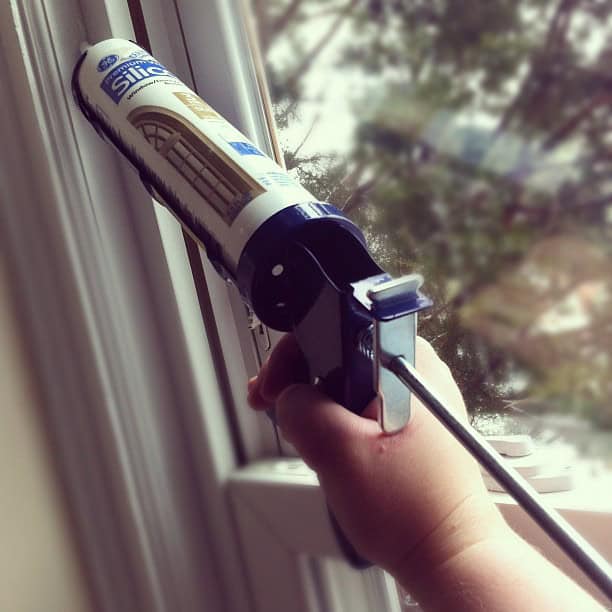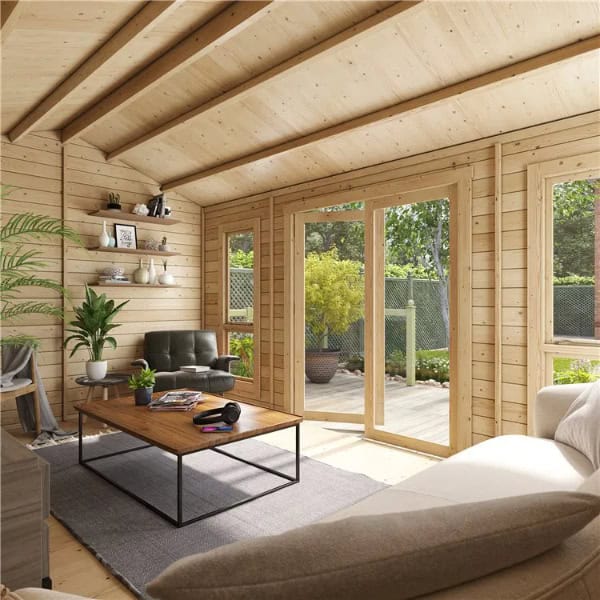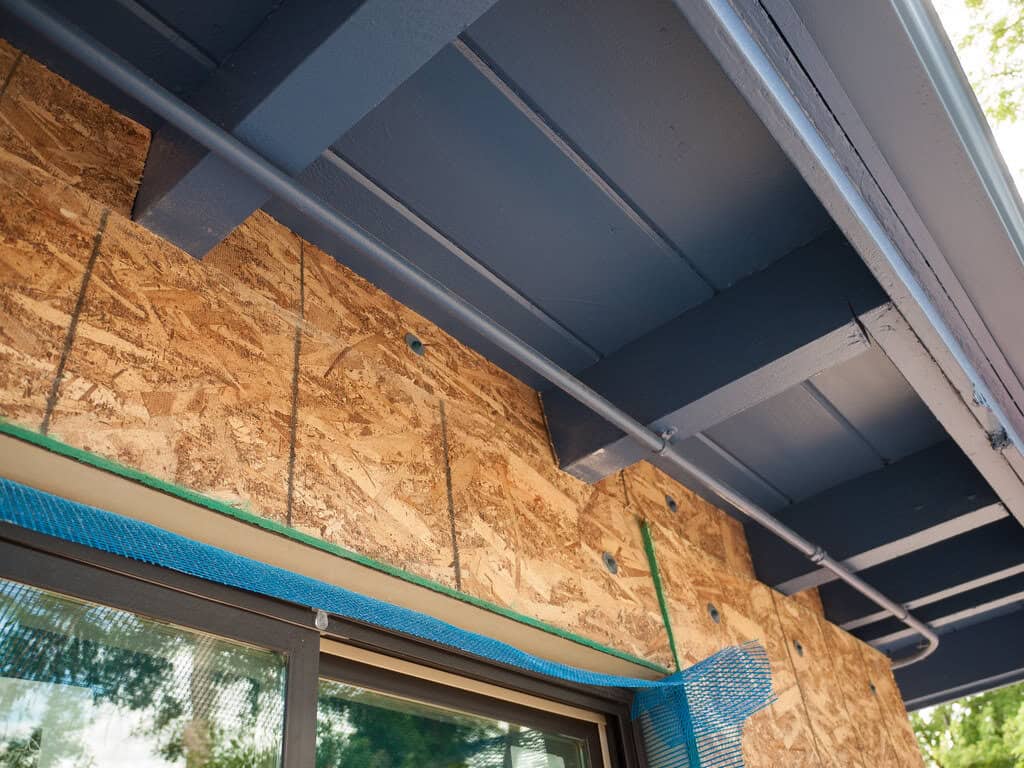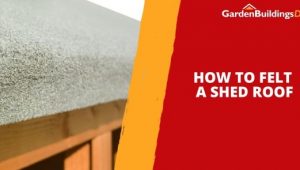Jump to:
Heatwaves can cause serious damage to your wooden garden room if overlooked. Warping or cracking, as well as fading or peeling paint, are just the first of many issues that can arise. Thankfully, these tips and ideas can help you avoid these, saving you the cost of repairs and the hassle!
Weatherstripping Helps

Moisture can still be present during a heatwave. Humidity levels are especially higher in the early mornings and evenings. This can lead to condensation inside your garden building, seeping into gaps. Weatherstripping seals these openings where humid air could enter. It also helps improve the insulation and keep the interior comfortable regardless of outside heat.
Inspect the structure’s roof, walls, windows and doors, and look for any signs of cracks, leaks, or loose shingles. These areas are where gaps usually appear. If you spot any, seal them using sealants like silicone or butyl rubber caulk. Check the corners and joints, which are common spots for leakage, too.
Tip: While not technically weatherstripping, awnings and shade sails can offer extra protection. These garden shade options reduce direct sunlight exposure and minimise heat absorption.
Keep It Up with Ventilation

Good airflow through ventilation is key to stopping your shed from becoming too hot; the same applies to a log cabin or summer house. It releases trapped heat and moisture, keeping the interior stuffy or damp and protecting your stored items from damage.
To keep airflow steady, make sure the vents are clear of any debris, leaves, or other objects that could block it. Opening windows and doors, if safe to do so, also works! In extreme heat, though, you might need a bit of extra cooling. A portable air conditioner, a fan, or an evaporative cooler can make a difference.
Optimise Insulation for Thermal Regulation

Proper insulation keeps the inside temperature more stable. During a heatwave or hot summer, it slows down the heat from entering the building. This thermal regulation means that, even as it gets hotter outside, the inside stays cooler for longer.
So, is your garden room well-insulated? Check the insulation levels in the walls, ceilings, and floors. If these parts are lacking, consider adding insulation materials. Reflective insulation is a good choice—it helps bounce radiant heat away from the building. Foam boards, in contrast, add thermal resistance.
Round-up
Weatherstripping, ventilation, and insulation might sound like they’re just for winter, but they’re also useful during heatwaves. By sealing any gaps and ensuring good airflow and thermal regulation, your garden building will hold up during the hot spell. And remember, taking proactive steps will help improve its longevity and durability in the long run.
While you’re here, why not take a look at our range of insulated garden rooms? They are great for keeping you cool in the summer and warm in the winter, providing a truly year-round building. Don’t miss out on a great deal, including our protective guarantee and delivery service across the mainland UK!
Up next on your reading list: Insulated Log Cabins: Everything You Need to Know





